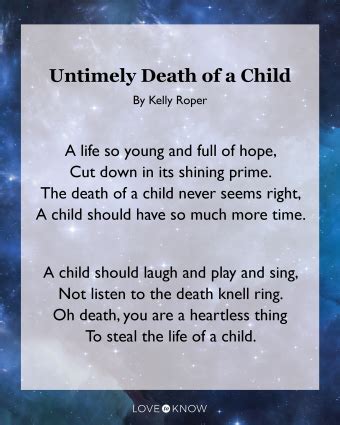The untimely death of a young person is a profound tragedy that shatters families and communities. According to the Centers for Disease Control and Prevention (CDC), the leading causes of death for youth aged 15-24 in the United States are accidents (unintentional injuries), suicide, and homicide.

Accidents and Unintentional Injuries
Accidents claim the lives of an estimated 6,000 young people in the U.S. each year. The most common types of accidents include:
- Motor vehicle crashes
- Falls
- Drowning
- Poisoning
- Suffocation
Motor vehicle crashes are the leading cause of accidental death in youth. In 2020, over 3,000 young people died in traffic-related accidents. The CDC notes that alcohol consumption, speeding, and distracted driving are major contributing factors to these crashes.
Suicide
Suicide is the second leading cause of death for youth aged 15-24. In 2020, nearly 6,600 young people took their own lives. The rate of suicide has been steadily increasing in recent years, particularly among girls and young adults.
Mental health disorders, such as depression and anxiety, are major risk factors for suicide. Other factors that may contribute to suicide include:
- Relationship problems
- Academic stress
- Family conflict
- Trauma
Homicide
Homicide is the third leading cause of death for youth aged 15-24. In 2020, over 2,700 young people were murdered. Firearms are the most common weapon used in homicides involving youth.
The majority of homicides among youth are committed by acquaintances or family members. Gang violence is also a significant contributing factor to youth homicide.
The Impact of Youth Death
The death of a young person has a devastating impact on families, friends, and communities. The loss of a child is particularly traumatic for parents, who often experience intense grief, guilt, and anger.
The loss of a young person can also have a ripple effect on the community. When a young person dies, it can shatter the sense of safety and security that many feel. It can also lead to increased fear and anxiety, particularly among young people.
Prevention Strategies
There are a number of effective strategies that can be used to prevent youth deaths from accidents, suicide, and homicide. These strategies include:
-
Parents: Parents play a crucial role in preventing youth deaths. They can help their children by:
- Setting clear rules and expectations.
- Monitoring their children’s activities.
- Talking to their children about difficult topics, such as mental health and suicide.
- Encouraging their children to engage in healthy activities.
-
Schools: Schools can help prevent youth deaths by:
- Providing comprehensive health education programs that include information about mental health, substance abuse, and safe driving.
- Offering mental health services to students who are struggling.
- Creating a safe and supportive environment where students feel comfortable talking to adults about their concerns.
-
Communities: Communities can help prevent youth deaths by:
- Providing safe and accessible places for young people to go.
- Offering mentoring and support programs for young people who are at risk.
- Advocating for policies that protect youth from violence, substance abuse, and suicide.
Conclusion
The death of a young person is a tragedy that has a profound impact on families, friends, and communities. However, there are a number of effective strategies that can be used to prevent youth deaths. By working together, we can create a safer and healthier future for our young people.
Additional Strategies
In addition to the strategies listed above, there are a number of other innovative approaches that can be used to prevent youth deaths. These approaches include:
- Harnessing technology: Technology can be used to create interactive and engaging programs that teach young people about important health and safety topics. For example, the CDC has developed a mobile app called “iMatter” that provides information about mental health and suicide prevention.
- Using social media: Social media can be a powerful tool for connecting with young people and providing them with information and support. For example, the National Suicide Prevention Lifeline has a strong presence on social media, where they provide information about suicide prevention and offer support to people who are in crisis.
- Empowering young people: Young people themselves can play a vital role in preventing youth deaths. By becoming involved in peer-led programs, they can help to educate their peers about important health and safety issues and provide support to those who are struggling.
Tables
| Cause of Death | Number of Deaths |
|---|---|
| Accidents | 6,000 |
| Suicide | 6,600 |
| Homicide | 2,700 |
| Risk Factor | Percentage of Youth Deaths |
|---|---|
| Mental health disorders | 50% |
| Substance abuse | 25% |
| Trauma | 20% |
| Prevention Strategy | Description |
|---|---|
| Parent education | Provides parents with information and skills to help them prevent youth deaths. |
| School-based programs | Offer mental health services, health education, and other programs to youth in schools. |
| Community programs | Provide safe places for youth to go, offer mentoring and support programs, and advocate for policies that protect youth. |
| Innovative Approach | Description |
|---|---|
| Technology | Uses technology to create interactive and engaging programs that teach youth about important health and safety topics. |
| Social media | Connects with young people and provides them with information and support through social media platforms. |
| Empowering youth | Involves young people in peer-led programs to educate their peers and provide support to those who are struggling. |
